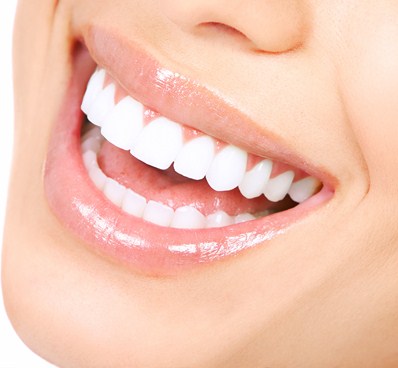 Orthodontics is a branch of dentistry specializing in the diagnosis, prevention, and treatment of jaw, face and bite irregularities (malocclusions).
Orthodontics is a branch of dentistry specializing in the diagnosis, prevention, and treatment of jaw, face and bite irregularities (malocclusions).
Dentofacial orthopedics is the process of normalizing the growth of a patient’s bone structure and repairing any imbalances of the face and jaws. This process often involves a two-phase treatment and often begins when the patient is around 6 to 8 years old.
Because Dr. Tamara Shamlian is skilled in both areas, she is able to diagnose any misalignments in the teeth and jaws as well as the facial structure, and can devise a treatment plan that integrates both orthodontic and dentofacial orthopedic treatments.
Orthodontic treatment is provided by an oral health care provider known as an 0rthodontist, who has completed two to three years of additional training beyond dental school. The increasing awareness on the health and look of a patient’s smile has fueled the desire for many to seek out orthodontics not only as a medical necessity, but for cosmetic reasons as well.
The goal of orthodontics is to correct a malocclusion. Teeth may be crowded or crooked or the upper and lower jaws may be out of alignment. Occasionally, even when teeth appear straight, the patient may have a bite which is not even and which may be causing further dental problems and permanent damage. Malocclusions can be genetic in origin, they can develop over time or may be caused by poor habits such as thumb sucking, pen-biting or poor tongue posture. Orthodontic treatment seeks to address any or all of these problems. The goal of orthodontic treatment is to not only create a beautiful smile, but to develop a stable bite that can promote sound oral health.
Orthodontics utilizes gentle forces (and the laws of physics) to slowly move teeth into the proper position. This is performed by using corrective appliances, including braces aligners and retainers. Brackets are bonded onto the teeth and arch wires are tied into these brackets. The tension and tightness of these wires determines the individual movement of each tooth. By making adjustment to your appliances at follow up visits, Dr. Shamlian controls the movement of your teeth until the malocclusion is corrected. Once the desired result is achieved and appliances are removed, retainers are worn to help maintain the final position of the teeth and bite.
